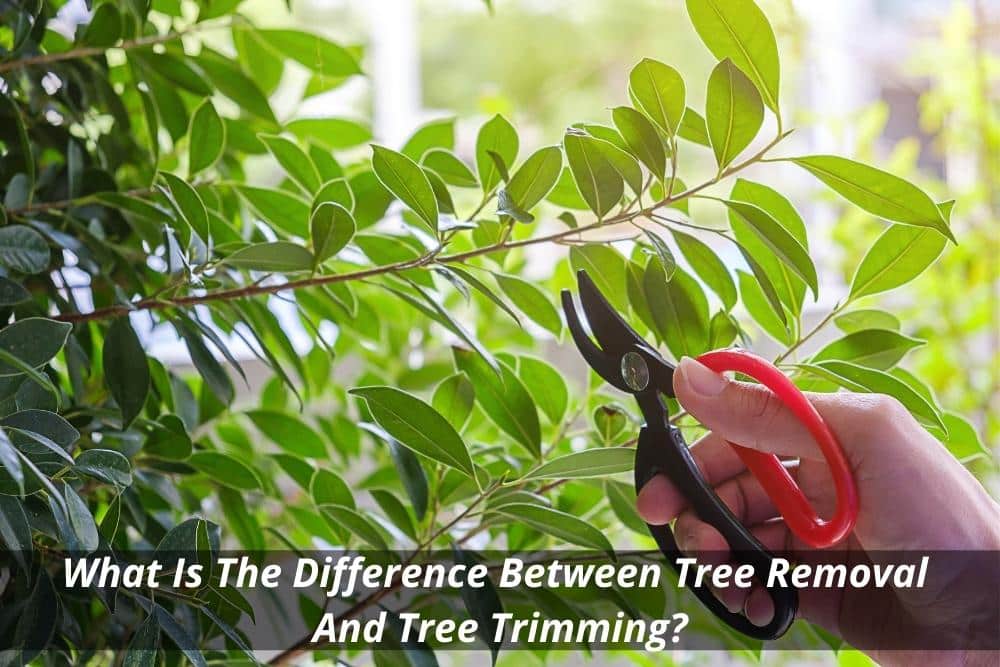All Categories
Featured
The removal of trees can produce open spaces that are at risk to weed invasion. When trees are existing, their dense covers often shade the ground, limiting the amount of sunshine that gets to the dirt. Nonetheless, after the elimination of trees, these open locations receive boosted sunlight, providing suitable problems for weed growth.

They may recommend the usage of mulch, which acts as a protective obstacle on the soil surface area, avoiding weed seeds from germinating and subduing weed growth.

The existence of trees fosters an abundant and diverse neighborhood of dirt germs. Tree roots give a resource of natural matter, exudates, and nutrients that sustain the development and activity of useful soil microorganisms. Nonetheless, when trees are removed, the absence of their origins can interfere with the fragile balance of the dirt's microbial environment.
What Is The Best Palm Tree Removal Wollongong Service In My Area?
This adjustment in pH can affect nutrition schedule, microbial task, and overall dirt health and wellness. To attend to the impacts of tree reducing on soil pH, tree elimination professionals can give valuable recommendations. They might recommend soil screening to examine the existing pH degrees and identify the needed changes. Based upon the outcomes, professionals can suggest pH adjustment approaches, such as including lime to increase soil pH or incorporating elemental sulfur to lower it.

It describes the compression of soil particles, resulting in decreased pore space and enhanced dirt density. This compaction can negatively affect the dirt's ability to operate efficiently, impacting its water-holding capacity, nutrition availability, and origin infiltration. Correct methods employed by tree elimination professionals can assist reduce compaction and preserve the soil's capacity to preserve water, and allow for appropriate air movement and cautious equipment handling.
Latest Posts
What Is The Best Stump Removal Wollongong?
What Is The Best Palm Tree Removal Wollongong?
What Is The Best Tree Cutting Services Wollongong?